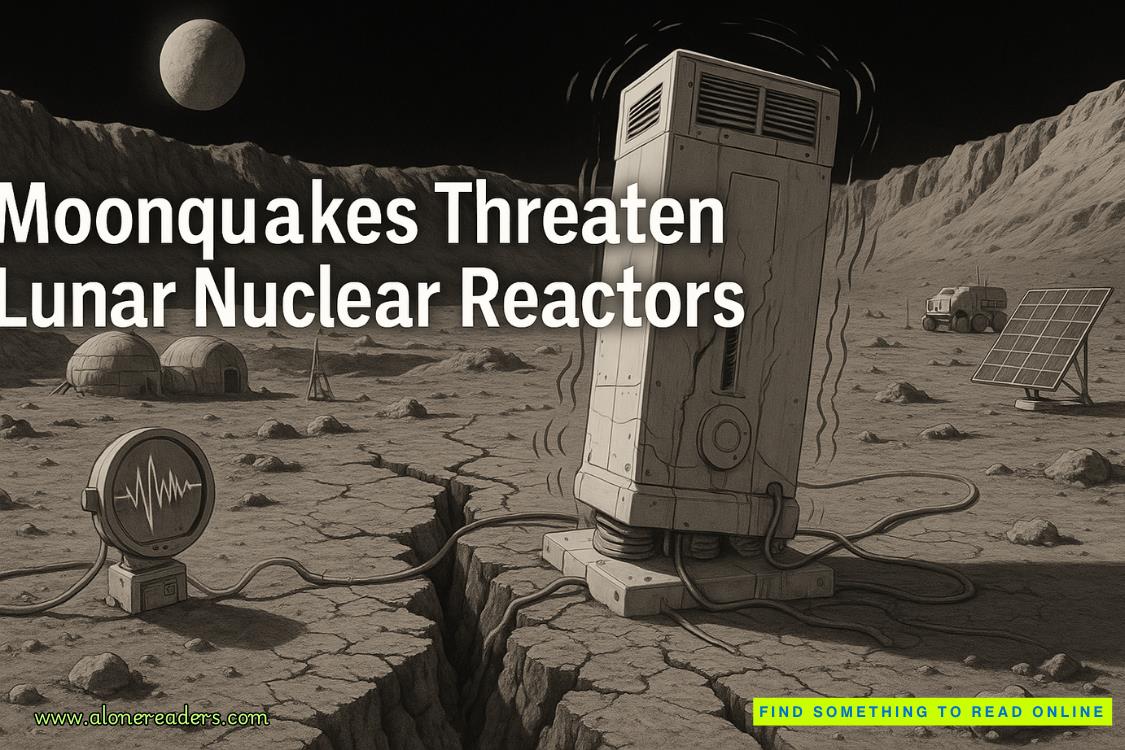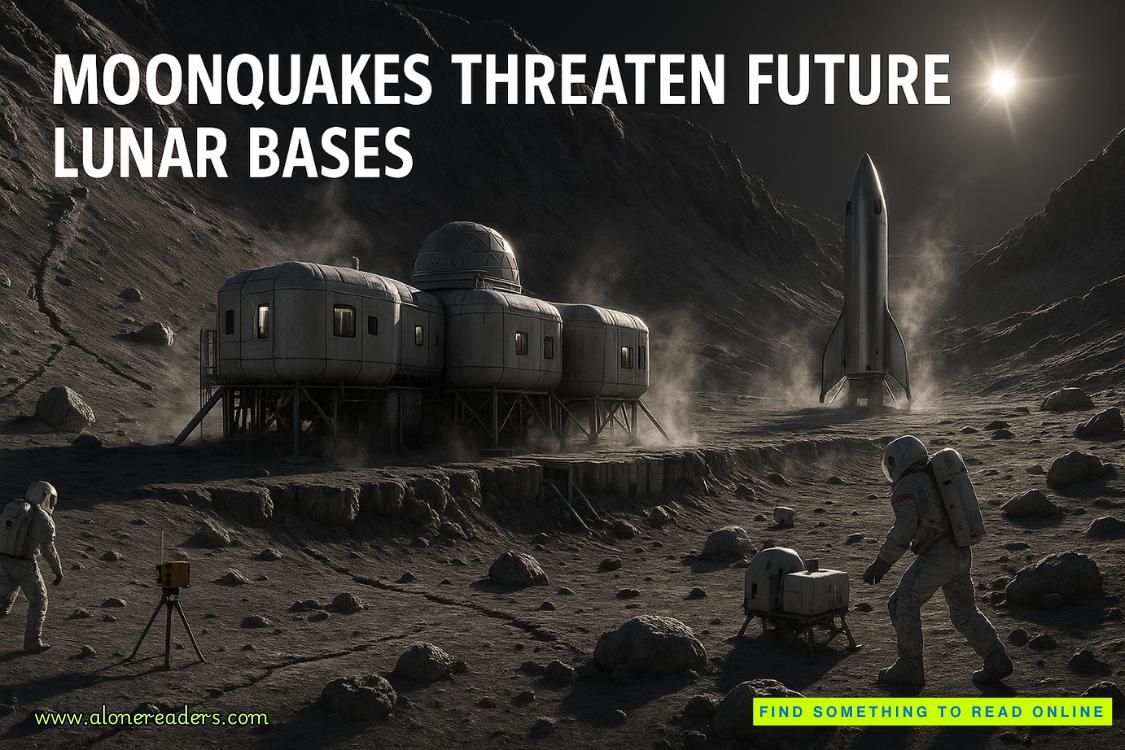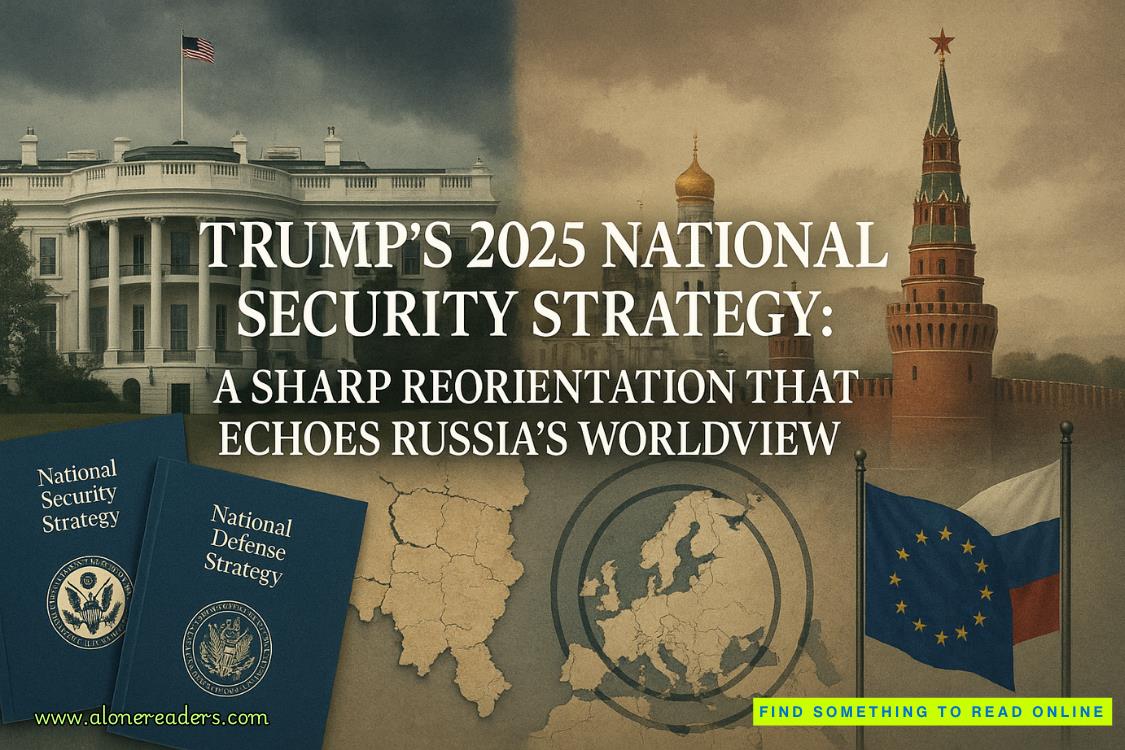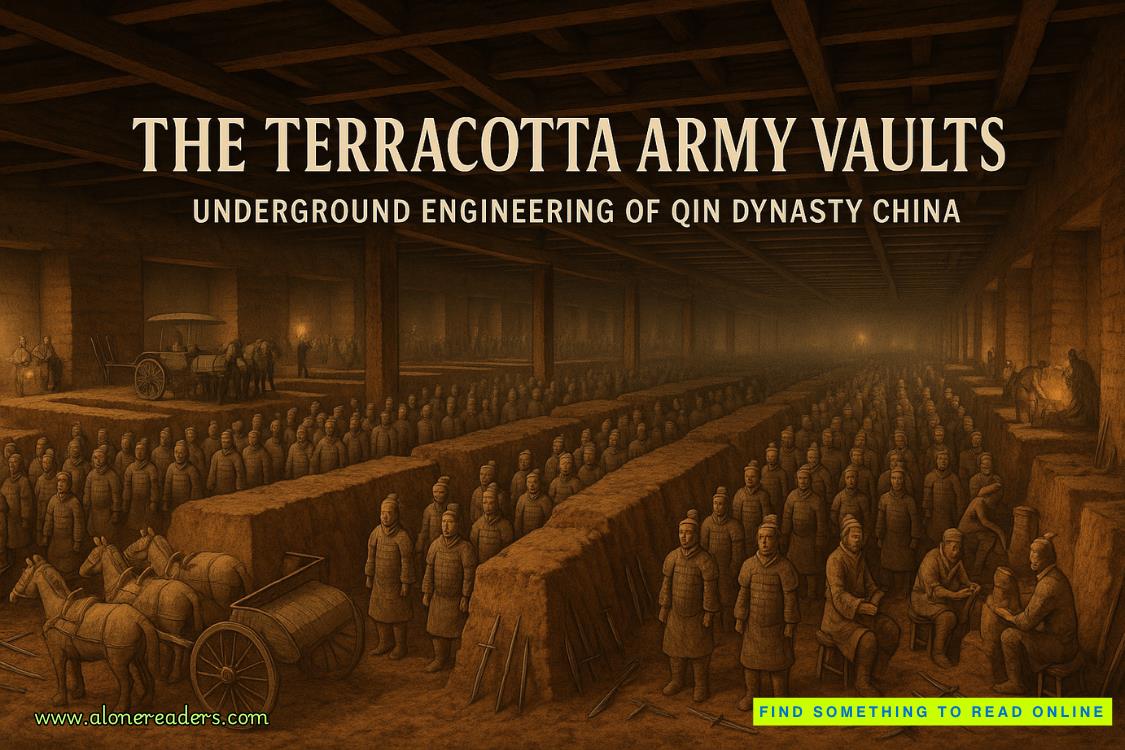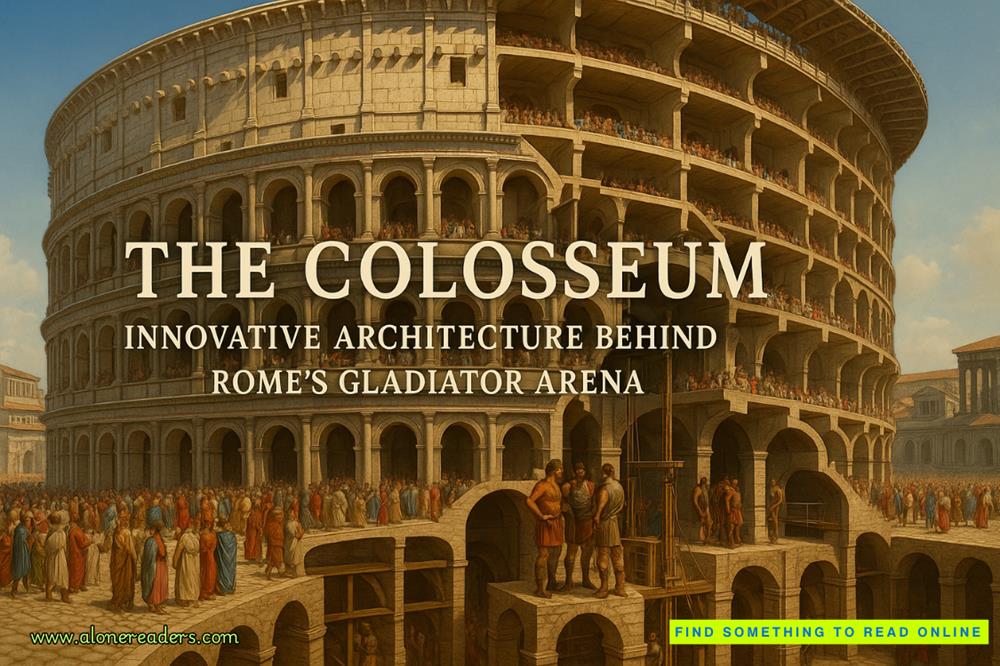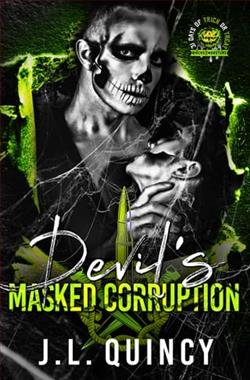Page 46 of Villain (Gone 8)
Malik had never been proud of his intellect. He considered it a gift from his DNA, like being dealt a pair of aces in a hand of poker. He hadn’t done anything to deserve it, it was not the result of effort, so he wasn’t proud. But he was grateful.
What about you, Dark ones? Do you feel pride?
Till now Malik had used his brain primarily to get good grades. High school had required very little effort, and even his all-too-brief start at Northwestern had not felt very challenging.
But now . . . well, now he needed every last IQ point and wished he had more. He had Cruz’s phone and from time to time would scan articles on topics that were at the limits of his mental capacity. Physics. Quantum physics. Multiple universe theories, of which there were several versions. The fanciful theory that our universe is a simulation. One giant game of the Sims.
Easy for you, isn’t it? You’re the top of the food chain and I’m what? An insect trying to understand you?
Many had speculated on multiple universes and sims, especially since the Perdido Beach Anomaly, the FAYZ. But physicists and sci-fi authors and the like had long played with the notion that our universe might not be the only one; that the big bang might have thrown off many, many universes.
Some thought universes were like foam, like a handful of soap bubbles scooped from a bath, each bubble pressed against and deformed by others. Others preferred flat universes, piled up like a ream of paper.
Do you know the answers? Or are you still figuring it out?
When speculation turned to simulations, the questions centered on whether the sim was like a wind-up toy, going along all on its own. Others imagined the sim universe as a game, something being actively played. It was very like a belief in God—not the benign God of Judaism, Christianity, and Islam, but something closer to the ancient Greek gods: capricious, emotional, needy.
All these ideas had long been dismissed for one simple reason: there was no proof. None. Until . . .
Until the FAYZ had proven that the laws of physics, the supposedly unbreakable laws of the one and only universe, had been broken. Broken, shattered, and stomped upon.
That shouldn’t have been possible.
And yet . . . Am I right, you invisible intruders? Would you tell me?
For four years many physicists had hidden their heads in the sand, stuck their fingers in their ears, and yelled la la la la, so as to shut out the seemingly impossible. Others had rushed to concoct theories that treated the PBA as a strange, localized warping of space-time. But now that, too, was a dead end, because now the whole world was the FAYZ.
Still, the vast majority of people, even many scientists, could not come to grips with the new reality. Fear was a big part of it. But also the limits of the human brain, a brain that could not visualize a universe that had forward, back, left, right, up and down, past and future, but no elsewhere.
Is that built into the sim? Did you design us to be blind to other dimensions?
Malik liked questioning them. They never answered, of course, and they never let him alone, but somehow demanding answers of them gave him a sense of control. An illusion, perhaps. A bit of self-deception, perhaps.
Yet, when he questioned, he felt that they heard him. Just as he was convinced his blast of pain had reached them in some form.
I can’t see or hear you. I can’t even imagine you. But I can demand answers from you.
“Little solace,” Malik muttered.
Cruz looked at him. “What’s little solace?”
Malik sighed. “Nothing,” he said. Then silently added, yet.
CHAPTER 18
Tanks for the Memories
“WHAT THE HOLY hell . . . ?” Brigadier General Maxwell Fullalove put the landline phone back in its cradle. He had a full colonel and two majors with him in his HQ, along with various enlisted folks and junior officers. None could quite grasp the nature of their orders.
“We’re driving an ABCT into Vegas?” the colonel sputtered. An ABCT, armored brigade combat team, consisted of roughly 4,700 soldiers, ninety Bradley infantry fighting vehicles equipped to carry six armed soldiers, a 25-millimeter chain gun, a 7.62-millimeter machine gun, and two TOW anti-tank missiles. There were also over a hundred armored personnel carriers. But the real punch came from ninety M1A2 Abrams tanks, which carried machine guns, missiles, and either 105- or 120-millimeter cannons. “Bradleys and Abrams on the Vegas Strip? If nothing else, it’ll play hell with the road surface . . .”
Fort Irwin, California, was in a desperately isolated area of desert and more desert. It was the National Training Center, specializing in preparing combat brigades for the real thing. At present it had two serious forces, its own OPFOR—opposition force, which acted as “the enemy” in training operations—and the visiting Iron Brigade, whose insignia was a blue-red-and-gold pyramid badge with the slogan Strike Hard!
The emergency order from a General DiMarco—backed up, to the surprise of Fullalove, by the Pentagon and the national security advisor—had thrown the base into a controlled panic of activity.
“Get to work,” Fullalove snapped. He was no more happy about this lunatic order than his officers were, but this was the army, not debate club. “I want hourly status updates.”
Fullalove figured he could field most of a scratch brigade, taking from his own OPFOR as well as the visiting Iron Brigade.

